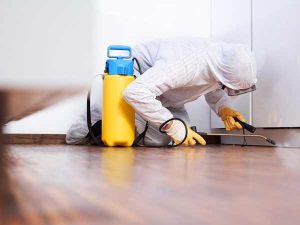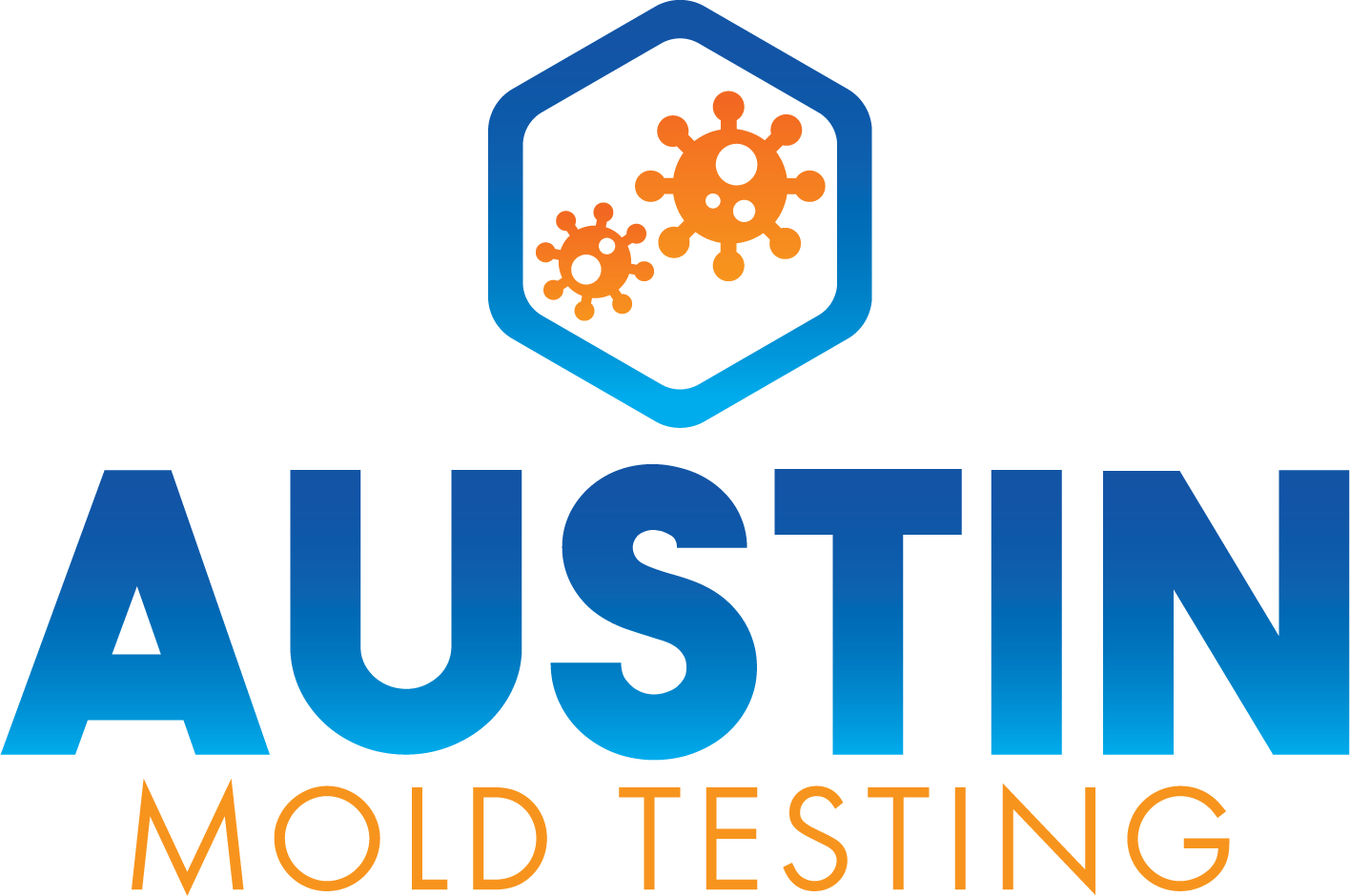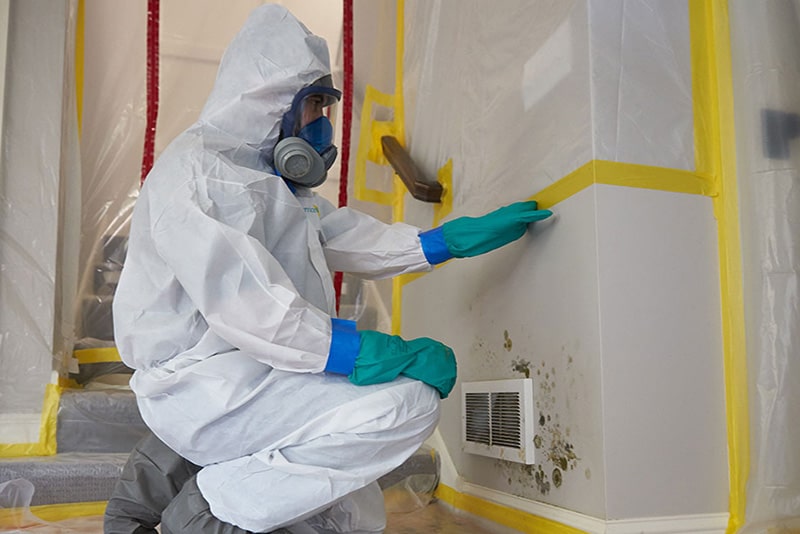
Mold remediation is the process of removing mold contamination from a property and restoring
it to a safe and healthy environment. Here’s a detailed overview of what mold remediation
entails:
Assessment and Inspection: The remediation process typically begins with a thorough
assessment and inspection of the property by certified mold remediation professionals. They
identify the extent of the mold contamination, assess the cause of the mold growth, and
determine the best course of action for remediation.
Containment: Before remediation work begins, containment measures are implemented to
prevent the spread of mold spores to unaffected areas of the property. This often involves
sealing off the contaminated area with plastic sheeting and using negative air pressure
machines and air scrubbers to filter and remove airborne mold spores.
Personal Protective Equipment (PPE): Remediation professionals wear appropriate personal
protective equipment (PPE) to protect themselves from exposure to mold spores and
mycotoxins. This may include respirators, gloves, goggles, and disposable coveralls.
Removal of Contaminated Materials: The next step is to remove materials contaminated with
mold, such as drywall, insulation, carpeting, and furnishings. These materials are carefully
removed and disposed of in accordance with local regulations to prevent further spread of mold
spores.
Cleaning and Disinfection: Once the contaminated materials are removed, the remaining
surfaces are thoroughly cleaned and disinfected to remove any remaining mold spores.
Professionals use specialized cleaning agents and techniques to ensure effective mold removal
while minimizing the risk of recontamination.
Drying and Moisture Control: Proper drying and moisture control are essential for preventing
mold recurrence. Professionals use dehumidifiers, fans, and other drying equipment to dry out
the affected area and address any underlying moisture issues that contributed to the mold
growth.
HEPA Vacuuming: After cleaning and disinfection, the area is HEPA vacuumed to remove any
remaining mold spores and debris. HEPA (high-efficiency particulate air) vacuums are equipped
with filters capable of capturing tiny particles, including mold spores, to prevent them from
being dispersed into the air.
Post-Remediation Assessment: Once remediation work is complete, professionals conduct a
post-remediation assessment to ensure that the mold contamination has been effectively
addressed. This may involve visual inspection, air sampling, or surface sampling to verify that
mold levels are within acceptable limits.
Preventative Measures: To prevent future mold growth, professionals may recommend
measures such as improving ventilation, addressing water leaks or moisture issues, and
implementing regular maintenance and inspection routines.
Mold remediation is a complex process that requires specialized knowledge, training, and equipment.
Certified mold remediation professionals have the expertise to safely and effectively address mold problems
in a property while minimizing the risk of exposure to mold spores and mycotoxins. Remember, all mold
remediation starts with certified mold testing. Austin Mold Testing is available to conduct this all-important
step at your convenience.
Certified mold remediation professionals have the expertise to safely and effectively address mold problems
in a property while minimizing the risk of exposure to mold spores and mycotoxins. Remember, all mold
remediation starts with certified mold testing. Austin Mold Testing is available to conduct this all-important
step at your convenience.

